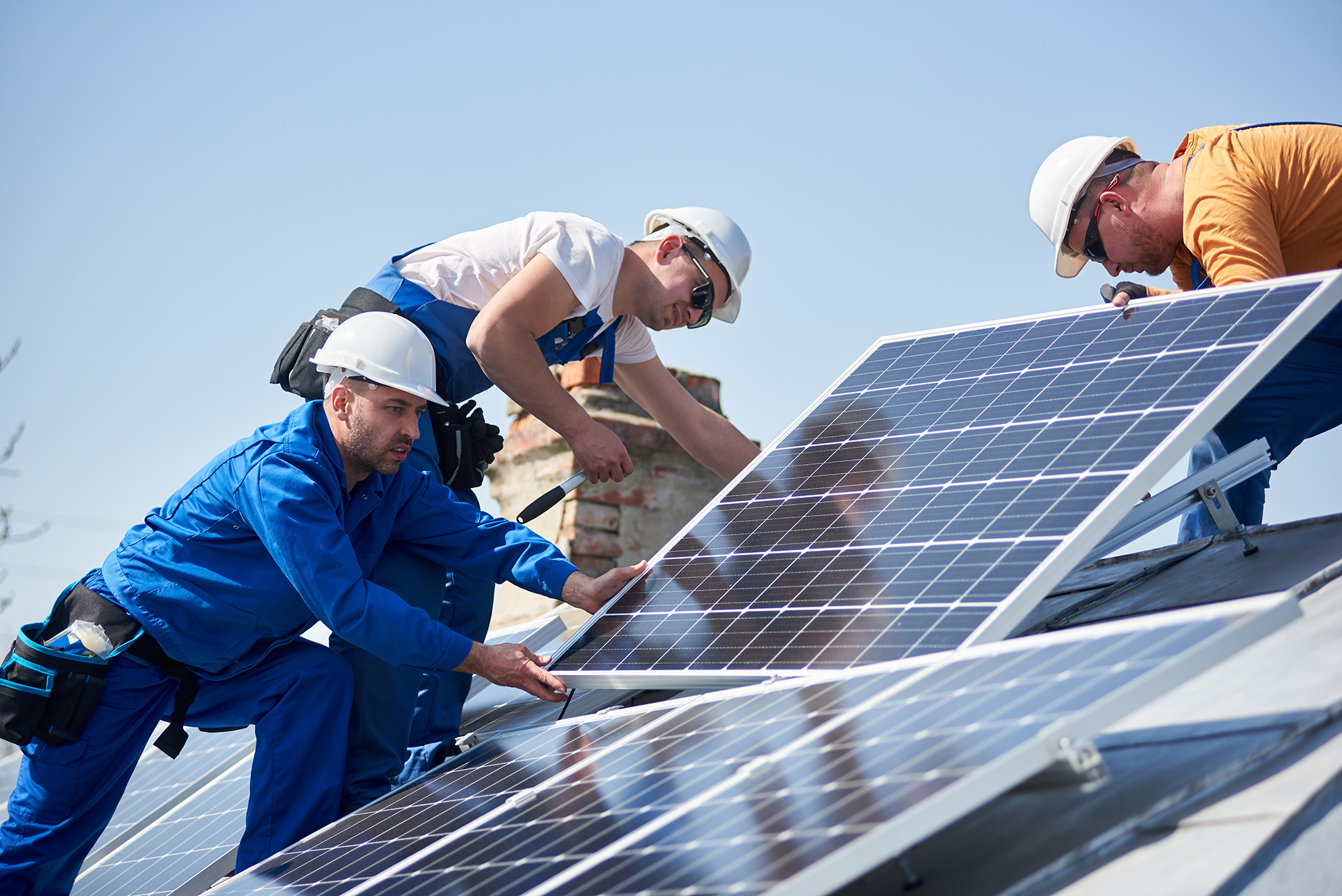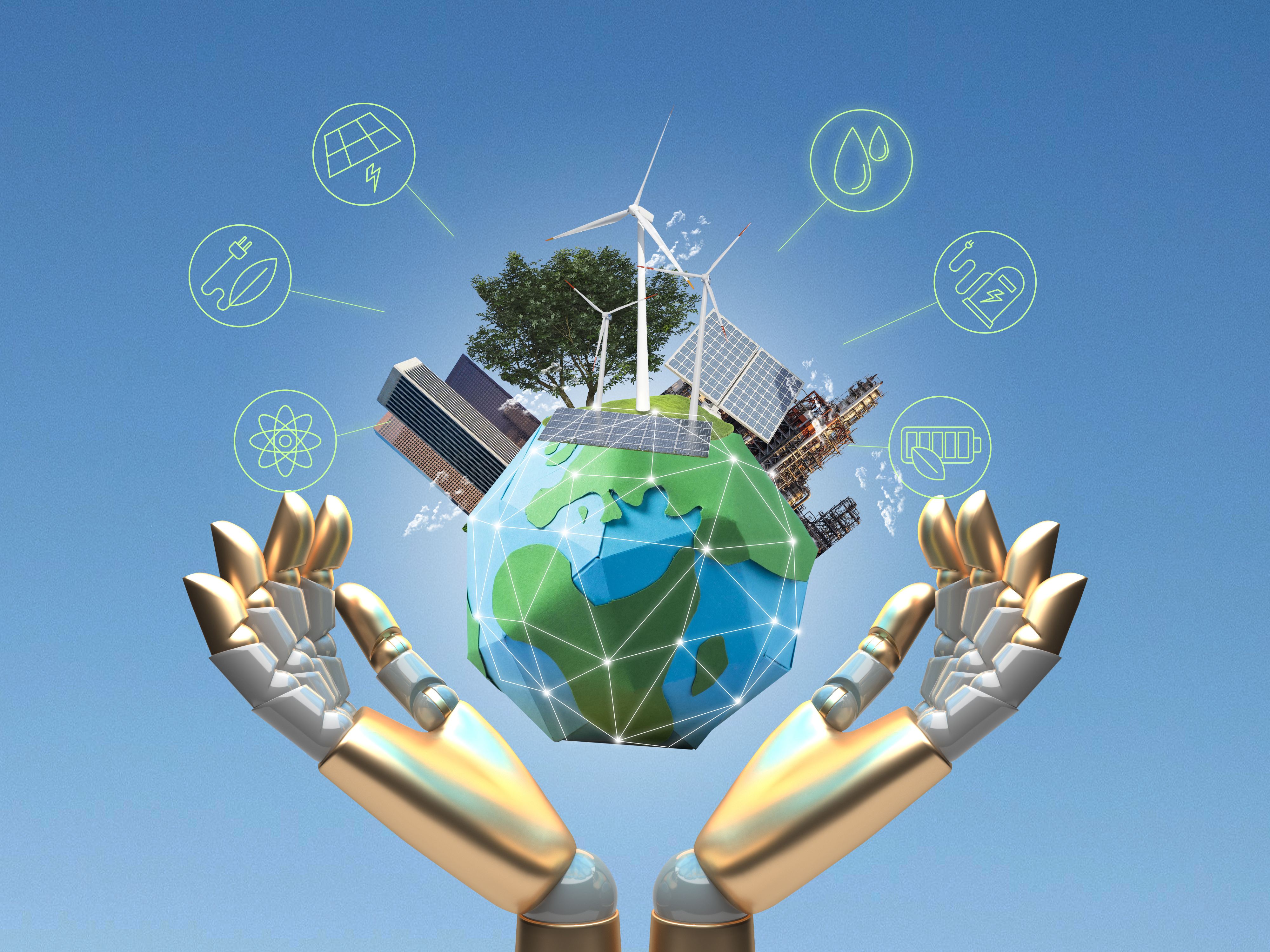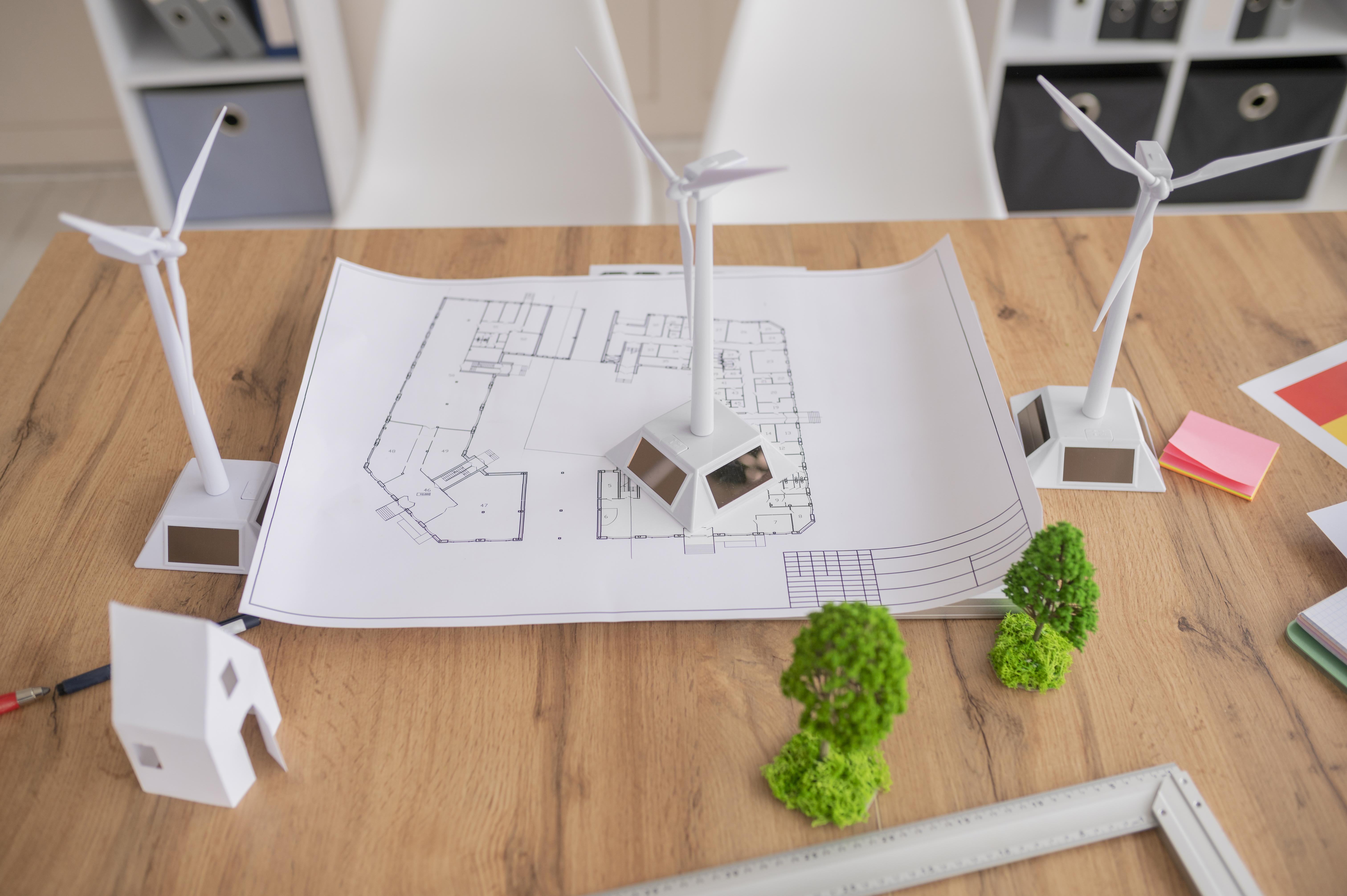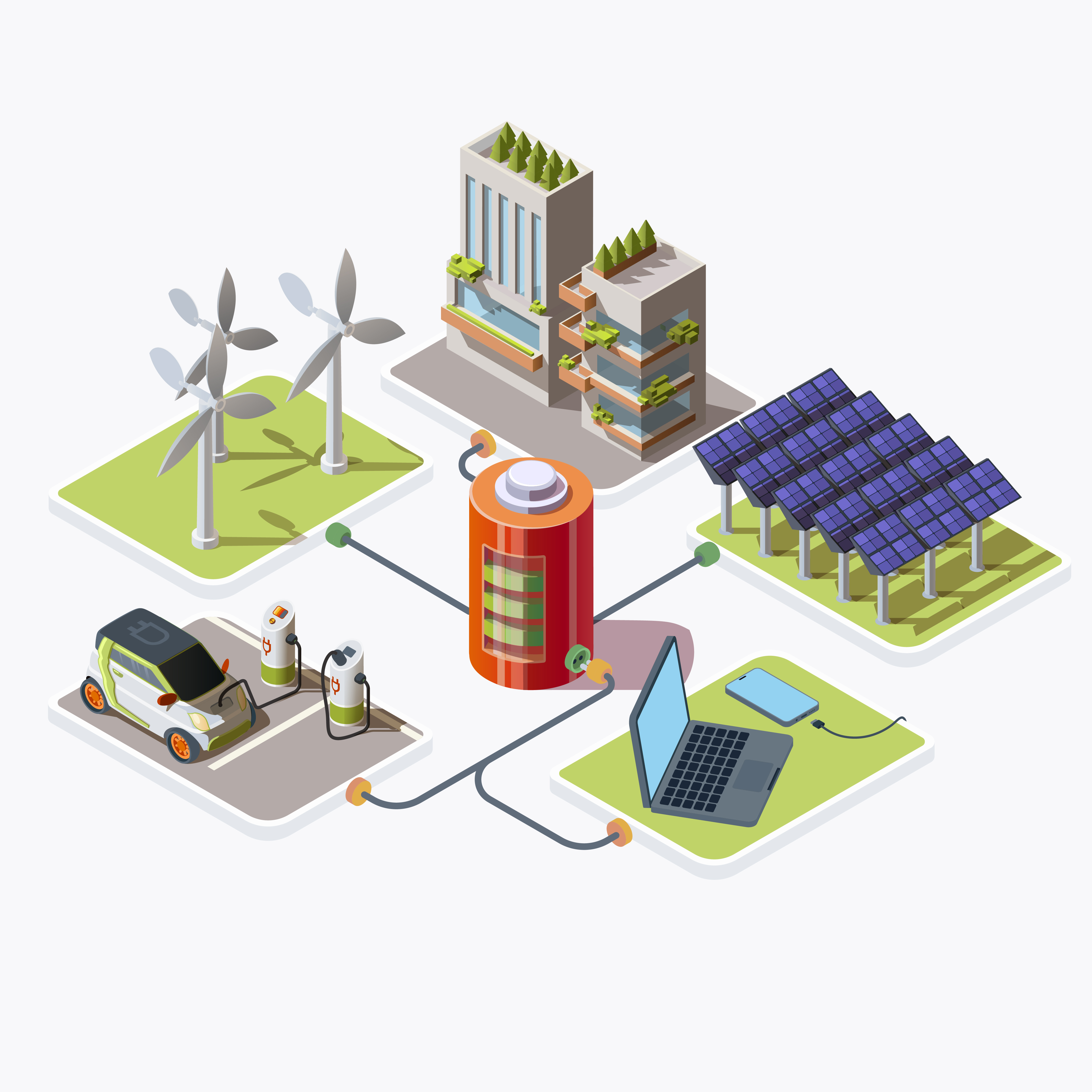Table of Contents
ToggleIntroduction
In today’s world, the importance of sustainable living cannot be overstated. As we face pressing environmental challenges such as climate change and resource depletion, transitioning to sustainable practices is crucial for preserving the planet for future generations. One of the most impactful ways to embrace sustainability is by integrating renewable energy into our daily lives. In this article, we will explore the myriad benefits of adopting renewable energy technologies and how they contribute to sustainable living.
Environmental Benefits
One of the most significant environmental benefits of renewable energy is its ability to reduce greenhouse gas emissions. Unlike fossil fuels, which release harmful gases like carbon dioxide when burned, renewable energy sources such as solar, wind, and hydroelectric power generate electricity without emitting greenhouse gases. By transitioning to renewable energy, we can significantly lower our carbon footprint and mitigate the impacts of climate change.
Renewable energy sources are derived from inexhaustible natural resources such as sunlight, wind, and water. Unlike finite resources like coal and oil, renewable energy can be continually replenished, making it a sustainable and environmentally friendly choice. By harnessing renewable energy, we can reduce our reliance on finite resources and protect fragile ecosystems from the destructive effects of resource extraction.
Climate change poses a grave threat to ecosystems, biodiversity, and human societies around the world. Renewable energy offers a solution to mitigate the effects of climate change by providing a clean and sustainable alternative to fossil fuels. By reducing our dependence on coal, oil, and natural gas, we can limit global warming, sea level rise, and extreme weather events, preserving a habitable planet for future generations.
Economic Advantages
While the initial investment in renewable energy infrastructure may seem daunting, the long-term cost savings are substantial. Renewable energy technologies such as solar panels and wind turbines have become increasingly affordable in recent years, with significant reductions in installation costs and improvements in efficiency. By generating electricity from free and abundant natural resources, renewable energy systems can help homeowners and businesses save money on their energy bills over time.
The transition to renewable energy creates jobs and stimulates economic growth in local communities. From manufacturing and installation to maintenance and operations, the renewable energy sector offers employment opportunities across a wide range of skill levels and industries. By investing in renewable energy infrastructure, governments can spur economic development, attract investment, and build a sustainable and resilient economy for the future.
Renewable energy enhances energy independence and security by diversifying our energy sources and reducing reliance on imported fossil fuels. Unlike fossil fuels, which are subject to price fluctuations and geopolitical tensions, renewable energy can be produced domestically and is not susceptible to supply disruptions. By investing in homegrown renewable energy resources, countries can strengthen their energy security and reduce vulnerability to external shocks.
Social Impact
The transition to renewable energy has significant public health benefits, as it reduces air and water pollution associated with fossil fuel combustion. By replacing coal-fired power plants and diesel generators with clean energy alternatives, we can improve air quality, reduce respiratory illnesses, and prevent premature deaths caused by pollution-related diseases. Renewable energy also reduces the risk of oil spills and other environmental disasters, protecting ecosystems and public health.
Renewable energy enhances community resilience by providing a reliable and decentralized source of power. Distributed renewable energy systems, such as rooftop solar panels and small-scale wind turbines, can provide electricity to homes, businesses, and critical infrastructure during emergencies and grid outages. By investing in resilient energy infrastructure, communities can improve their ability to withstand and recover from natural disasters and other disruptions.
Renewable energy has the potential to democratize access to clean energy and alleviate energy poverty in underserved communities. Off-grid renewable energy systems, such as solar lanterns and microgrids, provide reliable electricity to rural and remote areas without access to the centralized grid. By empowering communities to generate their own clean energy, renewable energy technologies can improve quality of life, stimulate economic development, and promote social equity.
Solar Energy
Solar energy is one of the most abundant and widely available renewable energy sources on Earth. Solar panels, also known as photovoltaic (PV) systems, convert sunlight directly into electricity using semiconductor materials such as silicon. Solar energy can be harnessed through rooftop solar panels, ground-mounted solar arrays, and solar farms, providing a clean and sustainable source of electricity for homes, businesses, and communities.
Solar photovoltaic (PV) systems consist of solar panels, inverters, and mounting hardware that capture sunlight and convert it into electricity. PV systems can be installed on rooftops, carports, and open land, providing a flexible and scalable solution for generating clean electricity. Advances in PV technology have led to improvements in efficiency, durability, and affordability, making solar energy increasingly accessible to homeowners and businesses around the world.
In addition to electricity generation, solar energy can be used for heating and hot water through solar thermal systems. Solar thermal collectors absorb sunlight and transfer heat to a fluid, which is then circulated to provide space heating, water heating, and pool heating. Solar thermal systems can be integrated into residential and commercial buildings, reducing the demand for conventional heating fuels and lowering energy bills.
Wind Power
Wind power is a clean and renewable energy source that harnesses the kinetic energy of the wind to generate electricity. Wind turbines, which consist of blades mounted on a tower, capture wind energy and convert it into rotational motion. This motion drives a generator, producing electricity that can be used to power homes, businesses, and communities. Wind power is a scalable and cost-effective solution for generating clean electricity, with onshore and offshore wind farms supplying power to millions of households worldwide.
Wind farms are large-scale installations of wind turbines that are strategically located to maximize wind exposure and electricity production. Onshore wind farms are typically situated on land, while offshore wind farms are located in bodies of water such as oceans and lakes. Offshore wind farms have the advantage of stronger and more consistent winds, enabling them to generate larger amounts of electricity compared to onshore wind farms. Both onshore and offshore wind farms play a vital role in diversifying our energy mix and reducing our reliance on fossil fuels.
Wind energy has enormous potential to meet a significant portion of our electricity needs, with vast untapped wind resources available across the globe. According to the National Renewable Energy Laboratory (NREL), the United States alone has enough wind energy potential to supply more than ten times its current electricity demand. As wind turbine technology continues to improve and costs continue to decline, wind power is expected to play an increasingly prominent role in the transition to a clean energy future.
Geothermal Energy
Geothermal energy is a renewable energy source that harnesses the heat stored beneath the Earth’s surface to provide heating, cooling, and hot water for residential and commercial buildings. Geothermal heat pumps, also known as ground source heat pumps, transfer heat between the ground and a building’s interior using a loop of underground pipes filled with a heat transfer fluid. This process provides efficient and environmentally friendly heating and cooling year-round, reducing energy consumption and lowering utility bills.
Geothermal heat pumps utilize the relatively stable temperature of the Earth’s crust to provide space heating in the winter and cooling in the summer. During the heating cycle, the heat pump extracts heat from the ground and transfers it to the building’s interior using a compressor and heat exchanger. In the cooling cycle, the heat pump removes heat from the building and transfers it to the ground, providing efficient and cost-effective cooling without the need for traditional air conditioning systems.
Geothermal energy offers several benefits for residential and commercial buildings, including energy savings, environmental sustainability, and comfort. Geothermal heat pumps are highly efficient, with heating and cooling efficiencies exceeding 300%, meaning they can provide three units of heat for every unit of electricity consumed. This high efficiency results in lower energy bills and reduced carbon emissions compared to conventional heating and cooling systems. Additionally, geothermal energy is a renewable resource that produces no greenhouse gas emissions, making it an environmentally friendly choice for heating and cooling.
Biomass Energy
Biomass energy is a renewable energy source that is derived from organic materials such as wood, agricultural residues, and organic waste. Biomass can be converted into energy through various processes, including combustion, gasification, and anaerobic digestion. Biomass energy is considered carbon-neutral, as the carbon dioxide emitted during combustion is offset by the carbon dioxide absorbed by plants during photosynthesis. Biomass energy can be used to generate electricity, heat, and transportation fuels, providing a versatile and sustainable energy solution.
Biomass boilers and stoves are devices that burn biomass fuel to produce heat for space heating, hot water, and cooking. Biomass boilers are similar to traditional fossil fuel boilers, except they use biomass fuel such as wood pellets, chips, or logs instead of coal, oil, or natural gas. Biomass stoves are freestanding or fireplace-insert appliances that burn biomass fuel to provide heat for a single room or multiple rooms. Biomass boilers and stoves are popular choices for off-grid homes, rural communities, and commercial buildings seeking to reduce their reliance on fossil fuels and lower their carbon footprint.
When using biomass energy, it is essential to source sustainable biomass fuel to minimize environmental impact and ensure long-term viability. Sustainable biomass fuel sources include wood from responsibly managed forests, agricultural residues such as corn stover and wheat straw, and organic waste from food processing and manufacturing. By utilizing sustainable biomass fuel sources, we can reduce deforestation, support rural economies, and promote the sustainable management of natural resources.
Hydropower
Hydropower is a renewable energy source that harnesses the kinetic energy of flowing water to generate electricity. Hydropower has been used for centuries to power water mills and other mechanical devices, and today it is one of the largest sources of renewable electricity worldwide. Hydropower facilities, also known as hydroelectric dams or run-of-river systems, use turbines and generators to convert the energy of falling water into electrical energy, which can then be transmitted to homes, businesses, and industries.
Hydroelectric dams are large-scale hydropower facilities that impound water in reservoirs behind concrete or earthen dams. When water is released from the reservoir, it flows through turbines, generating electricity as it passes. Run-of-river systems are smaller-scale hydropower facilities that divert a portion of a river’s flow through a turbine without the need for a dam or reservoir. Both hydroelectric dams and run-of-river systems are reliable and cost-effective sources of clean electricity, with minimal greenhouse gas emissions and environmental impact.
While hydropower offers significant environmental benefits compared to fossil fuels, it is not without its environmental impacts. Large-scale hydroelectric dams can disrupt river ecosystems, alter water flow patterns, and displace wildlife and indigenous communities. Additionally, the construction and operation of hydropower facilities can lead to habitat destruction, water pollution, and greenhouse gas emissions from decomposing organic matter in reservoirs. To mitigate these impacts, it is essential to carefully site and design hydropower projects and implement measures to minimize environmental harm and ensure the long-term sustainability of water resources.
Conclusion
In conclusion, sustainable living and renewable energy integration are essential components of a greener, more sustainable future. By reducing our dependence on fossil fuels and embracing clean, renewable energy sources, we can mitigate climate change, protect the environment, and create healthier, more resilient communities. Whether through solar panels on rooftops, wind turbines in fields, or geothermal heat pumps in buildings, renewable energy offers a pathway to a more sustainable and prosperous world for generations to come. Let us seize the opportunity to embrace sustainable living and build a brighter future for ourselves and our planet.
FAQs
What is sustainable living?
Sustainable living refers to adopting lifestyle choices and practices that minimize negative impacts on the environment, society, and economy. It involves conserving natural resources, reducing waste and pollution, and promoting social equity and economic prosperity.
What are renewable energy sources?
Renewable energy sources are sources of energy that are replenished naturally and indefinitely. Examples include solar energy, wind power, geothermal energy, biomass energy, and hydropower. These sources of energy are considered sustainable and environmentally friendly alternatives to fossil fuels.
How does renewable energy benefit the environment?
Renewable energy reduces greenhouse gas emissions, preserves natural resources, and mitigates the effects of climate change. By replacing fossil fuels with clean energy alternatives, renewable energy helps protect ecosystems, biodiversity, and human health.
What are the economic advantages of renewable energy?
Renewable energy offers long-term cost savings, job creation, and economic growth opportunities. Investments in renewable energy infrastructure stimulate local economies, create new job opportunities, and enhance energy independence and security.
How does renewable energy contribute to social impact?
Renewable energy improves public health, enhances community resilience, and promotes access to clean energy for all. By reducing air and water pollution, renewable energy technologies support healthier communities and ecosystems, while decentralized energy systems increase energy access and affordability.
What is the relationship between renewable energy and energy efficiency?
Renewable energy and energy efficiency are complementary strategies for reducing energy consumption and environmental impact. While renewable energy generates clean electricity from sustainable sources, energy efficiency measures minimize energy waste and optimize energy use, resulting in overall reductions in energy consumption and costs.







